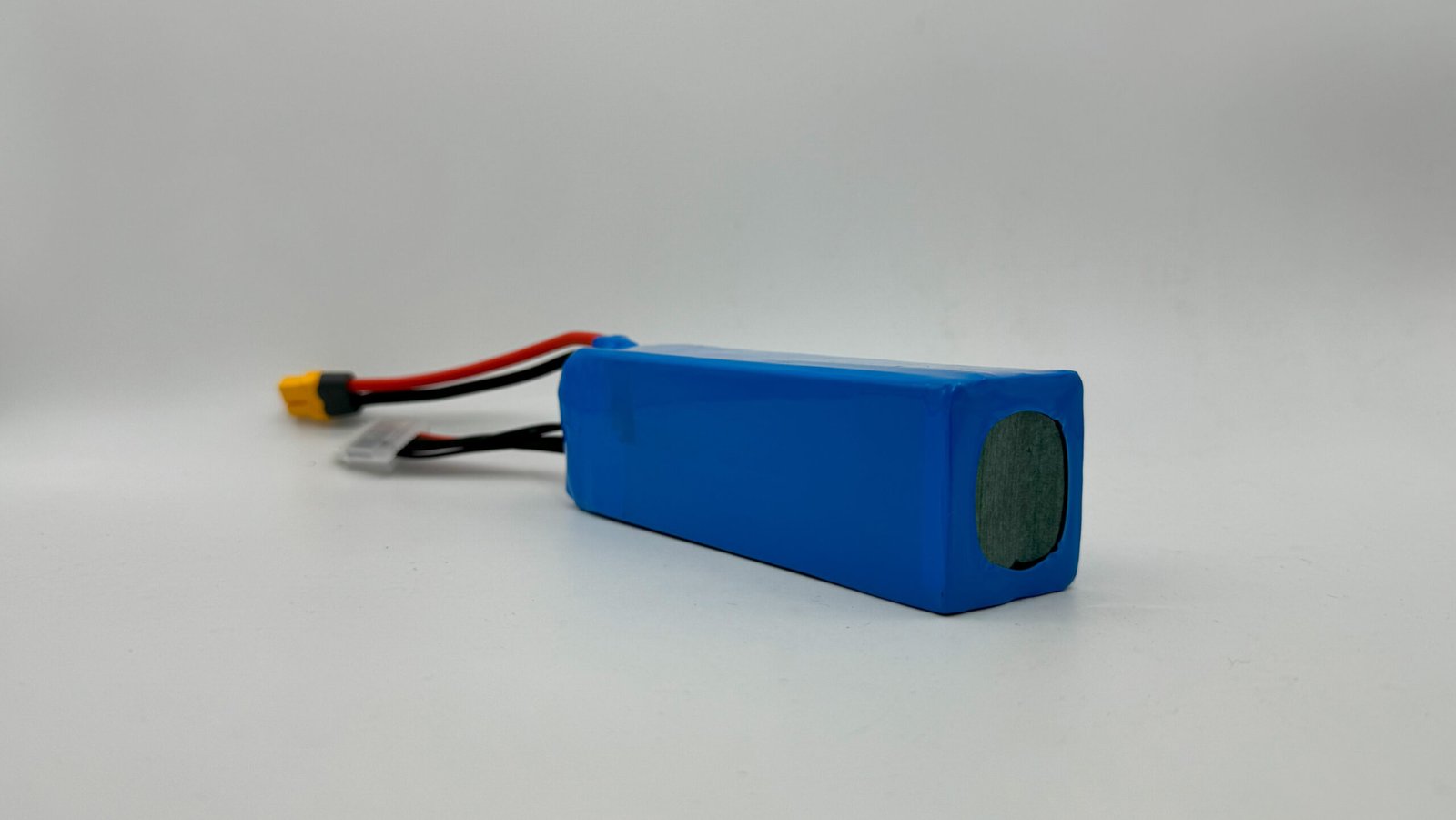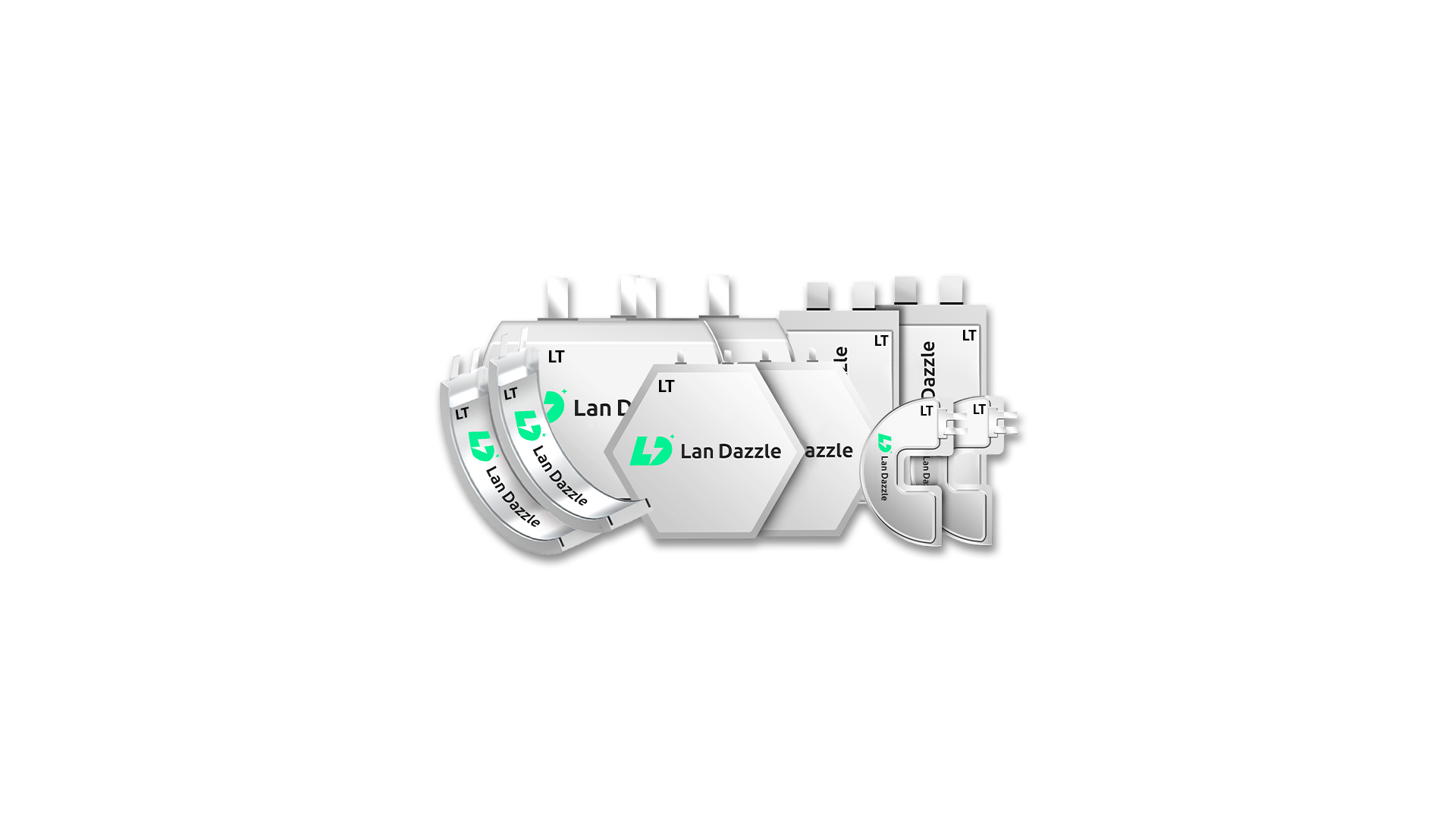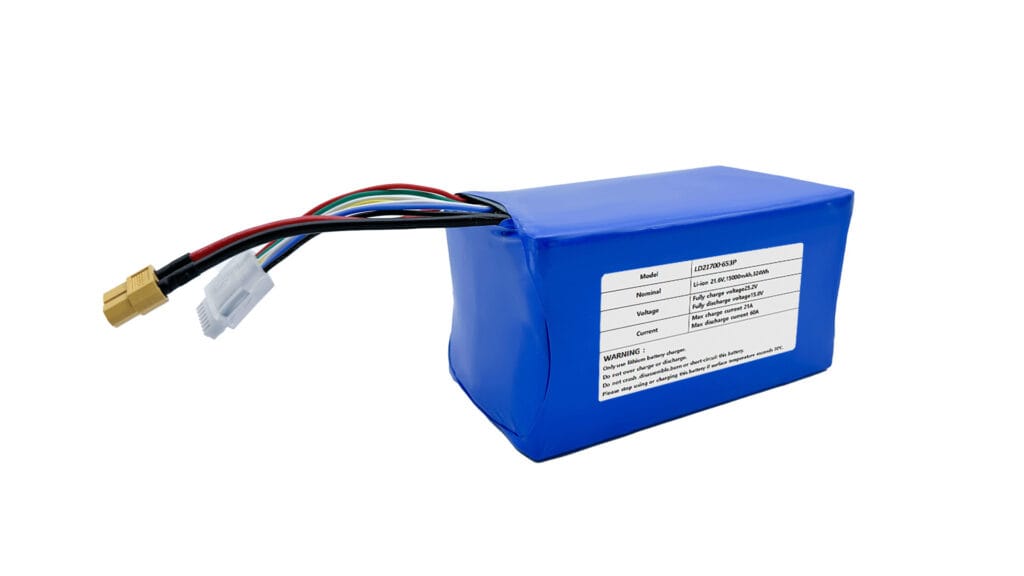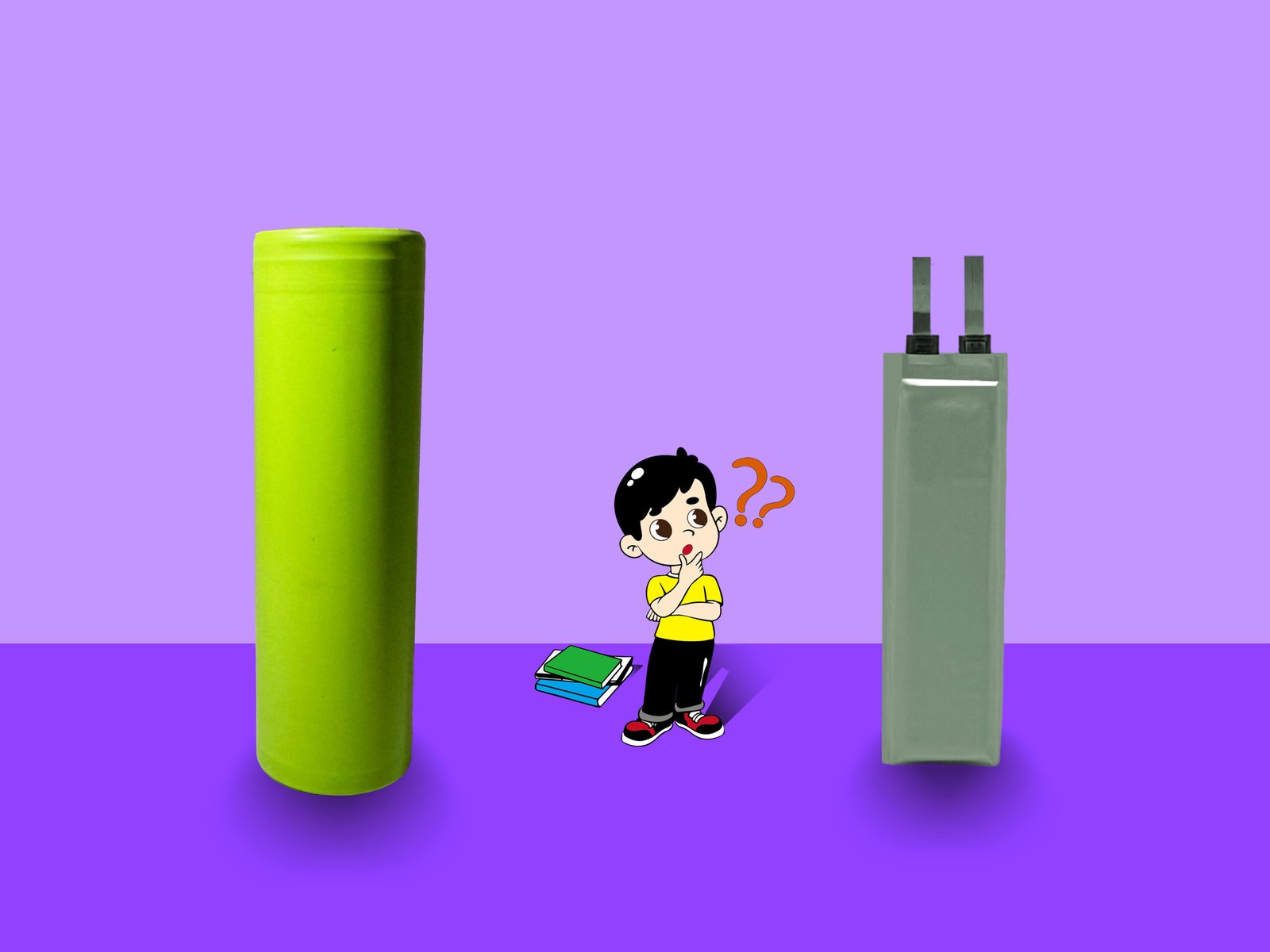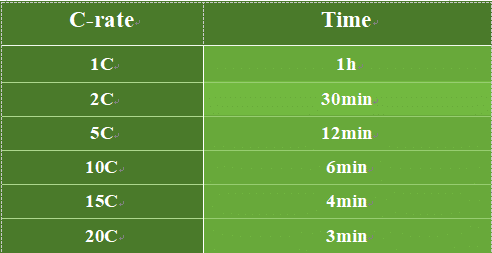Understanding the Power: A Beginner’s Guide to 3s Lithium Polymer Battery
In an increasingly cordless world, lithium polymer (LiPo) batteries have become the silent workhorses powering a vast array of devices and hobbies. From sleek smartphones to high-flying drones and lightning-fast RC cars, LiPo batteries offer a compelling combination of power, lightweight design, and adaptability. Among the various configurations available, the “3s” LiPo battery stands out as a popular choice, striking a balance between voltage and capacity for numerous applications. Whether you’re a curious beginner or a seasoned hobbyist, understanding the intricacies of a 3s LiPo battery is crucial for safe and effective usage. This guide will delve into the fundamentals of 3s LiPo batteries, exploring their specifications, applications, charging and maintenance, and essential safety precautions.
Understanding the Basics of Lithium Polymer Batteries
At its core, a lithium polymer battery is a type of rechargeable battery that utilizes a polymer electrolyte instead of a liquid one, as found in traditional lithium-ion batteries. This unique construction allows for greater flexibility in shape and size, contributing to the compact and lightweight designs of many modern devices. LiPo batteries boast a higher energy density compared to older battery technologies like Nickel-Metal Hydride (NiMH), meaning they can store more power for their size and weight.
A single lithium polymer cell typically has a nominal voltage of around 3.7 volts. This characteristic, along with their high discharge rates (the ability to deliver a significant amount of power quickly), makes them ideal for applications demanding substantial energy in a small form factor.
Decoding the “3s”: What Does It Mean?
The designation “3s” on a LiPo battery pack simply indicates the number of individual cells connected in series. In electronics, connecting components in series increases the overall voltage. Therefore, a 3s LiPo battery pack consists of three individual LiPo cells connected end-to-end. Since each cell has a nominal voltage of 3.7V, a 3s LiPo battery has a total nominal voltage of 3 x 3.7V = 11.1 volts.
It’s also important to understand the voltage range of a 3s LiPo battery. When fully charged, each cell reaches approximately 4.2V, resulting in a maximum voltage of 3 x 4.2V = 12.6 volts for the pack. Conversely, to prevent damage and prolong the battery’s lifespan, it should not be discharged below a certain voltage. Typically, the safe discharge cutoff voltage for a LiPo cell is around 3.0V. For a 3s pack, this translates to a minimum voltage of 3 x 3.0V = 9.0 volts. Operating within this voltage window is crucial for the health and longevity of your 3s LiPo battery.
Key Specifications and Parameters of a 3s LiPo Battery
Beyond the voltage, several other specifications define the capabilities of a 3s LiPo battery:
- Capacity (mAh): Measured in milliamp-hours (mAh), capacity indicates the amount of electrical charge the battery can store. A higher mAh rating generally translates to longer runtime for your device or application. For example, a 3s 5000mAh battery can theoretically deliver 5000 milliamperes (5 amps) of current for one hour.
- Discharge Rate (C-Rating): The C-rating signifies how quickly a battery can safely discharge its stored energy. A “1C” rating means the battery can discharge its full capacity in one hour. A higher C-rating indicates a greater ability to deliver high currents, which is essential for power-hungry applications like high-performance RC cars or racing drones. For instance, a 3s 1000mAh battery with a 20C rating can theoretically deliver a continuous current of 20 amps (1000mAh x 20).
- Watt-hours (Wh): Watt-hours provide another way to understand the total energy capacity of a battery. It’s calculated by multiplying the voltage (in volts) by the capacity (in amp-hours, which is mAh divided by 1000). For a 3s 5000mAh battery, the Wh rating would be approximately 11.1V x (5000/1000)Ah = 55.5Wh. This metric is often used for comparing batteries across different voltage levels.
- Battery Management System (BMS): Many 3s LiPo battery packs incorporate a Battery Management System (BMS). This crucial component monitors individual cell voltages, temperature, and current flow, protecting the battery from overcharging, over-discharging, and other potentially damaging conditions.
Applications of 3s Lithium Polymer Batteries
The 3s LiPo battery configuration has found widespread use in a variety of applications, particularly within the hobbyist community:
- Drones: 3s LiPo batteries are a popular choice for powering smaller to medium-sized drones. They offer a good balance of voltage for efficient motor operation and sufficient capacity for reasonable flight times. Many beginner and intermediate-level drones utilize 3s batteries.
- RC Cars and Trucks: Electric RC vehicles often rely on 3s LiPo batteries to deliver the power needed for high speeds, quick acceleration, and impressive torque. The 11.1V nominal voltage provides a noticeable performance boost compared to lower-voltage options.
- RC Airplanes and Helicopters: For many RC airplanes and helicopters, 3s LiPo batteries provide a reliable and lightweight power source, enabling impressive aerobatics and flight durations.
- Robotics: Hobbyist and educational robotics projects frequently utilize 3s LiPo batteries to power motors, microcontrollers, and other electronic components. Their compact size and high energy density make them ideal for mobile robots.
- FPV (First-Person View) Drones: The FPV drone racing and freestyle community heavily relies on 3s LiPo batteries for their power-to-weight ratio, allowing for agile and high-performance flights.
- Airsoft Guns: Some high-performance electric airsoft rifles (AEGs) utilize 3s LiPo batteries to achieve higher rates of fire and faster trigger response times.
- Portable Power: DIY enthusiasts sometimes use 3s LiPo batteries in custom portable power banks for various electronic devices.
Charging and Maintaining Your 3s LiPo Battery
Proper charging and maintenance are crucial for maximizing the lifespan and ensuring the safety of your 3s LiPo battery. Always use a dedicated LiPo battery charger. These chargers have specific modes designed for LiPo batteries, including balance charging. Balance charging ensures that each individual cell within the 3s pack is charged to the same voltage level. This is vital for battery health and performance. Avoid fast charging unless absolutely necessary and always monitor the charging process.
When storing your 3s LiPo batteries, it’s best to keep them at their storage voltage, which is typically around 3.8V per cell (approximately 11.4V for a 3s pack). Avoid storing them fully charged or fully discharged for extended periods, as this can degrade their performance. Store batteries in a cool, dry place away from flammable materials.
Safety Precautions When Using 3s LiPo Batteries
Lithium polymer batteries, while offering excellent performance, require careful handling due to their potential safety risks if mishandled. Always adhere to the following safety precautions:
- Use a Proper Charger: Only use chargers specifically designed for LiPo batteries. Never use chargers intended for other battery chemistries.
- Avoid Extreme Temperatures: Do not expose LiPo batteries to extreme heat or cold. Avoid leaving them in direct sunlight or in a hot car.
- Never Overcharge or Over-Discharge: Always follow the manufacturer’s recommendations for charging and discharging. Never charge beyond 4.2V per cell or discharge below 3.0V per cell.
- Inspect for Damage: Before each use, inspect the battery for any signs of damage, such as swelling, punctures, or damaged wires. Do not use a damaged battery.
- Charge in a Safe Place: Always charge LiPo batteries in a fireproof container or bag and on a non-flammable surface. Never leave charging batteries unattended.
- Handle with Care: Avoid dropping or puncturing the battery.
- Proper Disposal: Dispose of LiPo batteries responsibly according to local regulations. Do not simply throw them in the trash.
Advantages and Disadvantages of 3s LiPo Batteries
Advantages:
- High energy density provides significant power in a lightweight package.
- Relatively high voltage (11.1V nominal) is suitable for many applications.
- Good power output (high discharge rates) for demanding tasks.
Disadvantages:
- Requires careful handling and specific charging equipment.
- Can be more susceptible to damage from overcharging or over-discharging compared to some other battery types.
- Lifespan can be affected by improper use and storage.
Conclusion
The 3s lithium polymer battery is a versatile and powerful energy source that has revolutionized various hobbies and applications. Understanding its basic principles, key specifications, proper usage, and safety precautions is essential for both beginners and experienced hobbyists alike. By adhering to safe practices and maintaining your batteries correctly, you can harness the full potential of 3s LiPo batteries and enjoy their reliable performance in your chosen endeavors. As battery technology continues to advance, LiPo batteries will undoubtedly remain a cornerstone of portable power for years to come. If you are seeking reliable power for your projects, feel free to contact us at info@landazzle.com or visit landazzle.com.
FAQ
- What is the voltage of a 3s LiPo battery?
The nominal voltage of a 3s LiPo battery is 11.1V, and the full charge voltage is 12.6V. - How do I charge a 3s LiPo battery?
You should always charge a 3s LiPo battery using a dedicated LiPo charger with the balance charging function enabled. - What does the “C-rating” mean for a 3s LiPo battery?
The C-rating indicates the battery’s discharge rate, representing how quickly it can safely deliver its stored power. - How long will a 3s LiPo battery last?
The lifespan of a 3s LiPo battery depends on its capacity (mAh) and the power consumption of the application it’s powering. - What are the main applications of 3s LiPo batteries?
3s LiPo batteries are commonly used in drones, RC cars, RC planes, and robotics. - What safety precautions should I take when using a 3s LiPo battery?
Key safety precautions include using a proper charger, avoiding extreme temperatures, not overcharging or over-discharging, and handling the battery with care. - What is the difference between a 2s and a 3s LiPo battery?
A 3s LiPo battery has three cells connected in series, resulting in a higher nominal voltage (11.1V) compared to a 2s LiPo battery, which has two cells and a nominal voltage of 7.4V.
